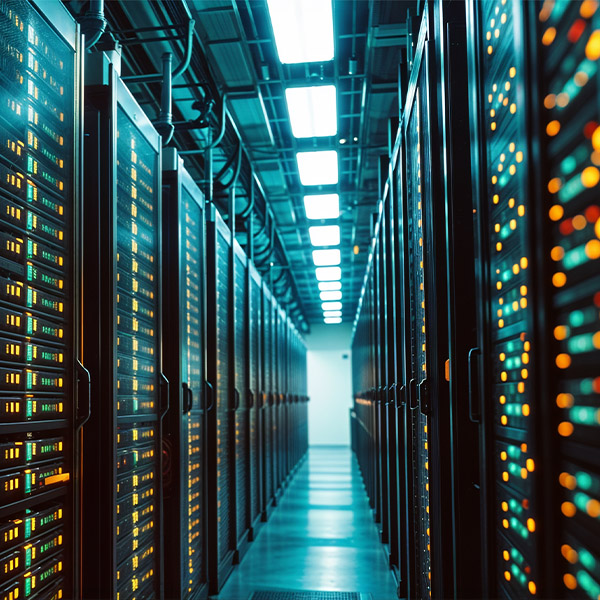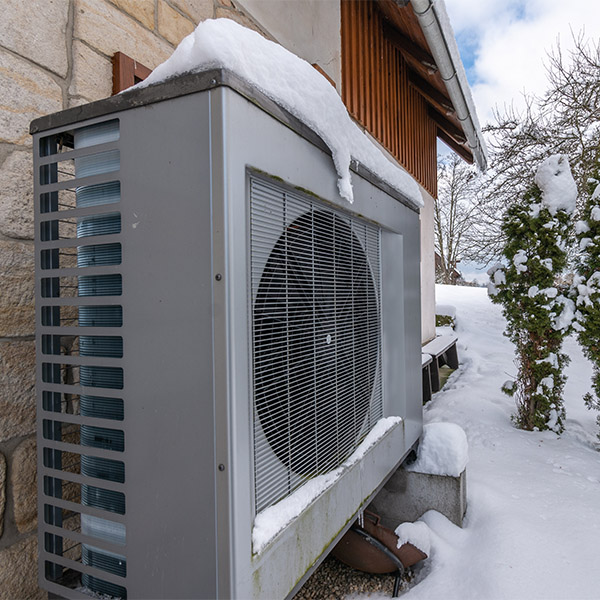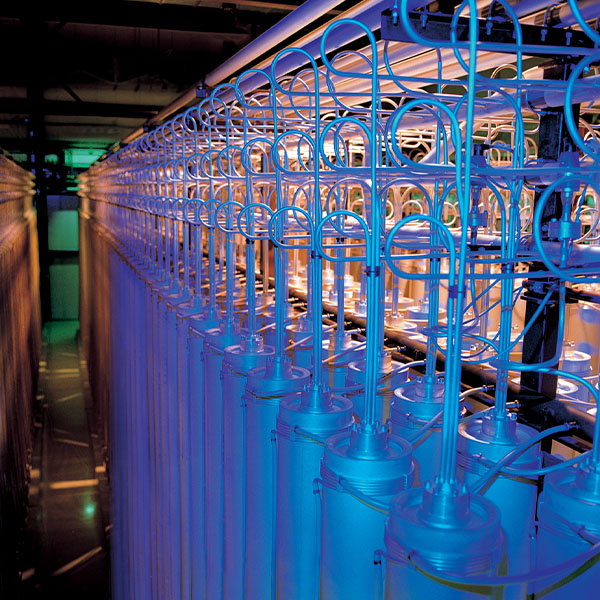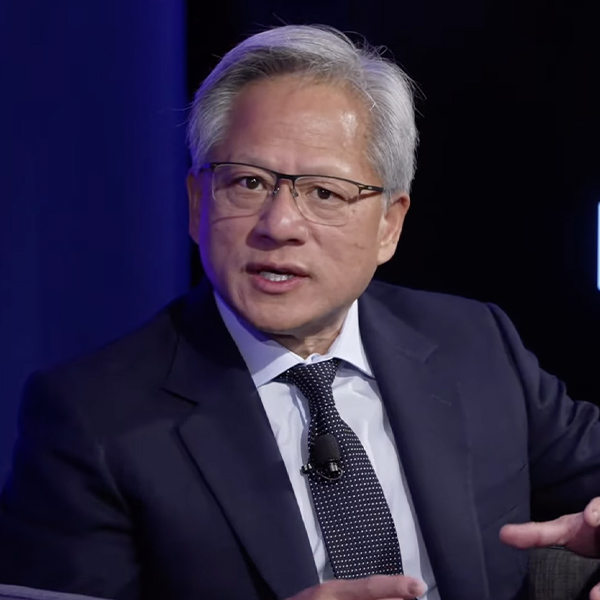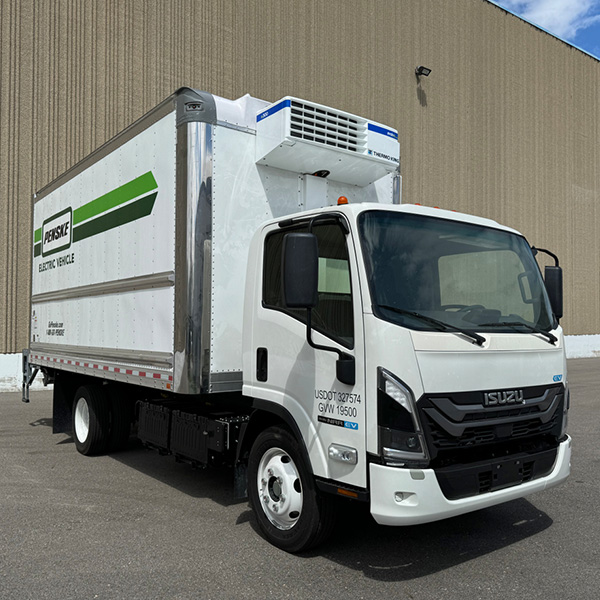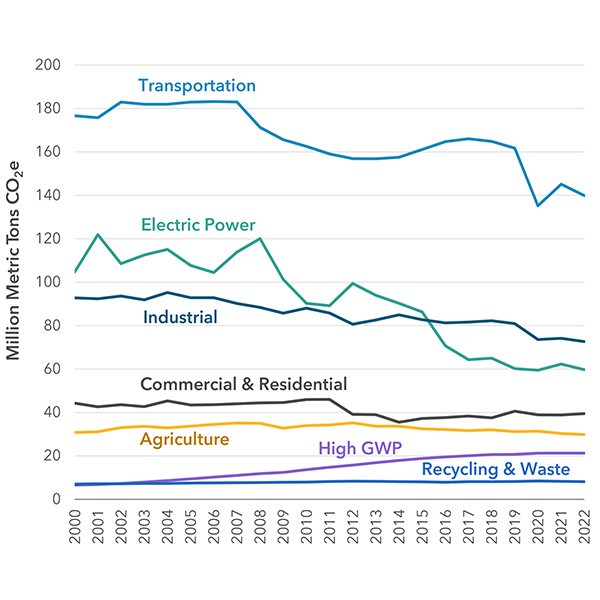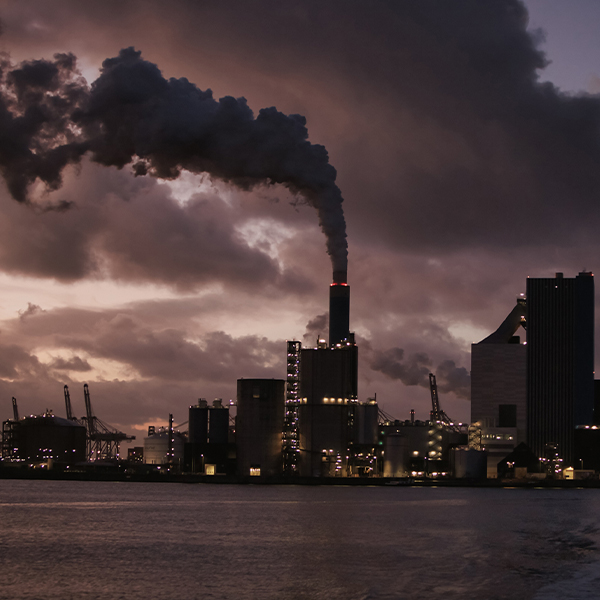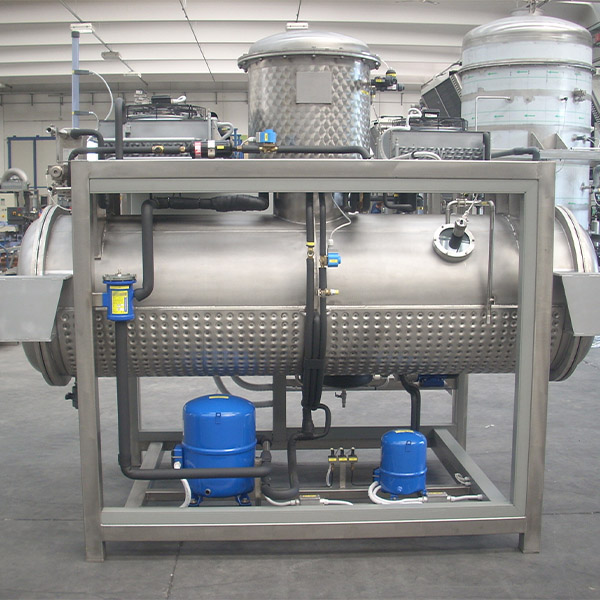Industrial Decarbonization
EPRI launched its DCFlex initiative, which is meant to maximize demand flexibility from data centers to help them more quickly plug into the grid and provide demand response for emergencies.
Finding the sites and hundreds of megawatts of power data centers is “rather limited,” so said talks at the U.S. Energy Association’s Energy Tech Connect Forum.
Heat pumps are seen as a core technology for cutting greenhouse gas emissions from the U.S. building stock, where space and water heating and cooling account for 40% of the country’s primary energy use.
The war in the Ukraine, coupled with the boom in electricity demand driven by data centers, has created a “muscular resurgence” of interest in nuclear, National Climate Advisor Ali Zaidi said.
Advanced nuclear is gaining momentum as part of federal, state and corporate energy strategies, and a new report lays out many of the potential use cases.
Nvidia CEO Jensen Huang explained why AI is driving such high demand for electricity and how it could benefit the power grid, and society more generally, in the near future.
Cargo transportation companies are replacing diesel-powered generators with units fueled by solar, batteries and regenerative brake energy in an effort to cut emissions from refrigerated containers and trucks.
California’s greenhouse gas emissions fell by 2.4% in 2022 compared with the prior year, with the largest decrease seen in the transportation sector, according to a report by the California Air Resources Board.
The D.C. Circuit Court of Appeals set aside EPA emission rules on new large boilers as they applied to those built prior to August 2020, ruling that was a violation of the Clean Air Act.
The California Energy Commission is exploring the use of heat pump technologies to accelerate decarbonization of the sector, which accounts for 2.5% of the state's energy consumption and 1.4% of greenhouse gas emissions.
Want more? Advanced Search
